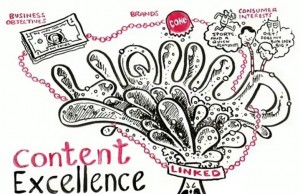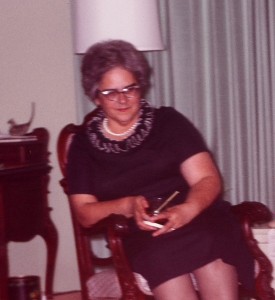 Do you know a sure-fire way of engaging readers? Yes, a way of literally causing more brain synapses to fire.
Do you know a sure-fire way of engaging readers? Yes, a way of literally causing more brain synapses to fire.
Use language that depicts movement or triggers the senses.
According to new brain research detailed in the New York Times, brains respond to written depictions of smells, textures, and movements as if they were the real thing. Unlike with bland language, they trigger additional neurological regions of the brain distinct from language-processing areas. Words like “lavender,” “cinnamon” and “soap,” for example, elicit a response from the parts of the brain devoted to dealing with smells, not just the “classical” language regions.
“A team of researchers from Emory University reported in Brain & Language that when subjects in their laboratory read a metaphor involving texture, the sensory cortex, responsible for perceiving texture through touch, became active. Metaphors like `The singer had a velvet voice’ and `He had leathery hands’ roused the sensory cortex, while phrases matched for meaning, like `The singer had a pleasing voice’ and `He had strong hands,’ did not.
Researchers have discovered that words describing motion also stimulate regions of the brain distinct from language-processing areas. In a study led by the cognitive scientist Véronique Boulenger, of the Laboratory of Language Dynamics in France, the brains of participants were scanned as they read sentences like `John grasped the object’ and `Pablo kicked the ball.’ The scans revealed activity in the motor cortex, which coordinates the body’s movements. What’s more, this activity was concentrated in one part of the motor cortex when the movement described was arm-related and in another part when the movement concerned the leg.”
As I wrote about last all, another benefit to vivid language is making you appear more credible. If people have to think too hard about what you say or write, they are less likely to believe you.
Detailed descriptions and evocative metaphor in plain language is the way to go. Need I say more.
Your turn! Do you think engaging writing is important?





